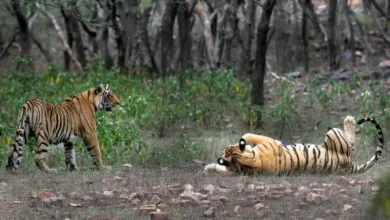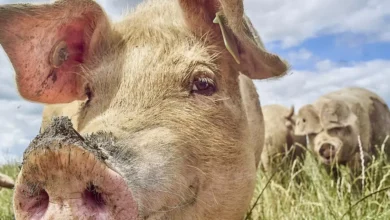Why some animals thrive on being alone
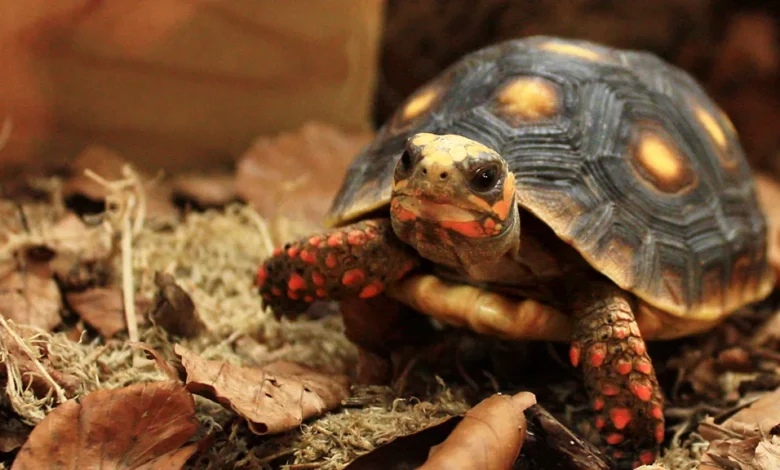
Solitary lifestyles can have some big advantages in the animal world. Can humans learn anything from them?
The Middle East blind mole rat is the ultimate introvert. Residing about a foot underground, it digs out its own tunnel systems where it stays for most of its life, gathering roots, tubers, and bulbs. Each mole rat has its own territory – for good reason; if one mole rat accidentally burrows into another one’s tunnel, the rodents will bare their teeth or bite each other in violent, often deadly battles.
Blind mole rats generally only interact with others of their species during the mating season, but even then, they must proceed cautiously. The male digs through the soil towards a female but pauses before entering her tunnel. For several days, they send vibrational signals to each other by drumming on the tunnel ceiling with their heads. Only when the female expresses an interest to meet will the male advance, mate with her, and leave. After closing the tunnel behind him, he continues his reclusive way of life.
Just because some animals are solitary living does not mean that they do not have social interactions – Lindelani Mayuka
Solitary lifestyles such as this are remarkably widespread across the animal kingdom. Even among mammals – a generally sociable bunch – 22% of studied species are largely solitary, meaning that males and females sleep and forage or hunt alone for most of the time.
But solitary animals have received relatively little attention from scientists. Perhaps because we are social creatures ourselves, we’ve been more drawn to studying creatures that cooperate in groups for protection or to find food, breed and raise young. Experts say that for a long time, many scientists have tended to overlook the solitary life, deeming it a more primitive, basic state of existence, associated with anti-social behaviour and poor intelligence.
But researchers are now coming to recognise that some animals have evolved to be solitary precisely because it can be so beneficial to avoid the competition and stressful conditions of group living. To boot, many solitary animals are in fact highly intelligent and live diverse and complex social lives, despite their solitude. Though blind mole rats are an exception, many solitary animals do tolerate, learn from and occasionally even cooperate with others of their kind, allowing them to enjoy the best of both worlds.
As humans are increasingly spending more time alone, these animals remind us of the many benefits of solitude and that living alone does not equal lonely – a thought perhaps worth considering for people spending Valentine’s Day alone.
“Maybe by studying solitary species and how they succeed with this tactic… we can also better identify for human society what is good about being alone,” says behavioural ecologist Carsten Schradin of the Centre National de Recherche Scientifique in Strasbourg, France, and co-author of a 2024 review about solitary living in mammals.
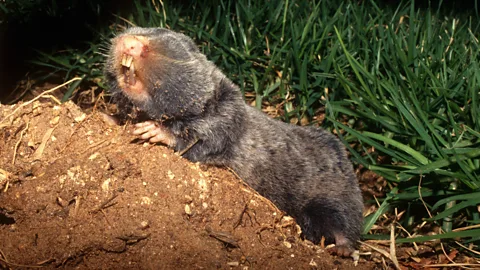
Living in groups certainly has many benefits. Think of zebras that find safety in herds and lions that often hunt together to overcome prey larger and faster than themselves. Some birds collaborate to raise young and chimps that socialise by picking parasites off each other. But it also has downsides. In a group, “every shelter has to be shared, every bit of food has to be shared, every access to a mate has to be shared”, says David Scheel, a behavioural ecologist at Alaska Pacific University. “Or if it’s not shareable, only one of you can get it.”
And while hunting together and sharing food makes sense for animals like lions that are often surrounded by abundant, large prey that can feed multiple individuals, this is less beneficial in situations where prey is smaller and less shareable. Nor is it as helpful when prey is scattered throughout the landscape where it takes more effort to find them.
For some animals, like sloths, their camouflage may only work if they’re not in large groups
This is probably why armadillos and anteaters forage alone for few-and-far-between insects, and why tigers – which roam far and wide to find relatively scarce prey – hunt by themselves, helping them to sneak up on their prey more easily. To further reduce competition, tigers and some other solitary hunters form small territories that they defend from other predators.
For blind mole rats, solitude means not needing to constantly compete for tunnel space, which takes a lot of energy to dig. Solitary animals may also face less competition for mates and a reduced risk of contracting diseases and parasites. Meanwhile, young-raising females can invest all their energy into caring for their own offspring without having to tend to their neighbours’ young, like some more social species do. For other creatures, like sloths, their camouflage may only work if they’re not in large groups.
“If you’re solitary-living, you’re less conspicuous,” says Lindelani Mayuka, a zoologist from the University of the Witwatersrand in Johannesburg, South Africa and co-author of the review with Schradin.
Living alone does create other challenges – such as missing out on the benefit of huddling together to stay warm. But some animals like the bush Karoo rat of southern Africa get around this by building big stick lodges to protect themselves from temperature swings as well as predators, Mayuka says.
For highly social animals, being alone can be stressful – often leading to poor health and anxiety – but solitary animals do just fine. In fact, Middle East blind mole rats become stressed and anxious when they’re placed next to one another, even if there’s a barrier between them, with smaller, more submissive individuals suffering the most.
“They can die from the stress that they have,” says Tali Kimchi, a behavioural neuroscientist at the Weizmann Institute in Israel who studies the blind mole rats in her laboratory. Like all mammals, blind mole rat mothers tend to their offspring, but mums eventually become hostile, forcing their young to dig away from her tunnel. “It sounds funny, but that’s the survival of these creatures,” she says.
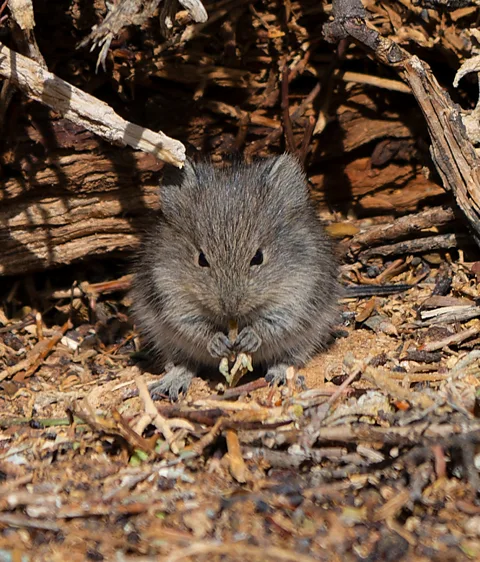
Not all solitary species actively repel each other. Many of them are drawn together by shared resources and have surprisingly rich social lives, tolerating each other and even cooperating when it makes sense. For example, bush Karoo rats that live close to related individuals have frequent, amicable interactions with one another – sharing foraging grounds with related females and sometimes even stick lodges at the end of the breeding season when there’s a great demand for stock lodges.
“Just because some animals are solitary living does not mean that they do not have social interactions,” Mayuka says.
Even some octopuses – a group once considered so solitary it was a running joke that they’d only meet to mate or eat each other – sometimes aggregate
Even some octopuses – a group once considered so solitary it was a running joke that they’d only meet to mate or eat each other – sometimes aggregate, Scheel says. At one site in Jervis Bay in eastern Australia, individuals of a species called the gloomy octopus are drawn together by the availability of shelter. This probably started when one octopus piled up discarded shells after eating and these eventually stabilised enough of the sediment that another octopus could build its burrow inside. This new resident then created its own pile of discarded shells – until as many as 16 octopuses gathered on one spot, says Scheel, who has been studying the site with his colleagues.
In this “octopus city”, individuals find themselves in a much more crowded situation than they are used to and exhibit curious behaviours to cope with others of their kind.
Males sometimes try to coerce females into staying nearby and chase other males – occasionally crawling into each other’s dens, wrestling with and evicting them. Sometimes when evicted males come back to their den, “the evicting male may return and repeat the eviction”, Scheel says. And as they clean out their dens, the octopuses often push debris onto their neighbours’ side. Sometimes, they hold the debris and use their funnels to blast it at one another, says Scheel, who documented some of these interactions in a 2022 paper.
Neither aggressive nor cooperative, some scientists call these behaviours “jostling”, says Scheel, who is still working out the purpose of these interactions. “Here we’ve plopped a solitary animal into a complex social situation, and all they’re doing is jostling, and they seem totally healthy. That suggests they’re either less solitary than we thought, or the stresses of being [social] are not that severe [for them].”
These sophisticated social interactions underscore the intelligence of solitary creatures. Similarly, researchers have seen some solitary reptiles closely watching other individuals and using that information to solve problems – an ability once thought to be unique to humans, says behavioural scientist Anna Wilkinson of the University of Lincoln in the UK. “Animals who maybe wouldn’t naturally form complex groups can actually have really quite sophisticated aspects of social learning,” she says.
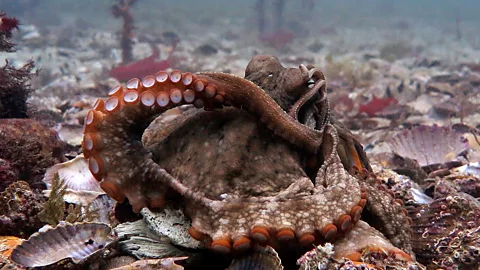
In experiments with red-footed tortoises, which forage by themselves but might encounter one another under fruiting trees, for example, Wilkinson presented them with a V-shaped, transparent fence with food on the inside. No animal could reach the food until Wilkinson and her colleagues trained one of them how to do it. Upon seeing their fellow reptile reach the food, the other tortoises immediately followed suit. It’s especially remarkable to see that reptiles have the ability to learn from other individuals by imitation, considering that many of them have evolved to hatch from eggs without a parent around to teach them skills.
Evidence like this is causing scientists to see solitary living not as a fixed, uniform category, but rather as a continuum: from animals like the (arguably) antisocial blind mole rat to species that live largely alone but learn from and cooperate with one another. Some species even blend solitary and more social lifestyles, like communally living striped mice that go solo once they start breeding, or raccoon-like coatis, whose males are solitary and females hunt in bands.
Studying solitary animals and their social networks can help conservationists better protect and preserve their populations from human threats. Mayuka and Schradin have already started an effort to build a community of scientists to further decipher the lives, benefits, needs and challenges of solitary animals. “Being solitary is not simple and primitive,” Schradin says. “It can be quite complex and provide challenges… which are solved in different ways by different species.”
Understanding the full breadth of solitary living could even be helpful for people. Kimchi is studying changes in the brains of blind mole rats as they switch between introverted and more social mating and pup-raising stages. Perhaps such research can help scientists understand how people with neurological or psychiatric conditions become socially withdrawn, she says.
But solitary animals can also help us consider that being alone doesn’t necessarily have to be problematic, even if it has been somewhat stigmatised in our extrovert-driven society, says Schradin. “Social” solitary animals construct meaningful social networks around them – and people living by themselves can, and do, too. “Being alone,” Schradin says, “can also be the best choice for many humans.”





